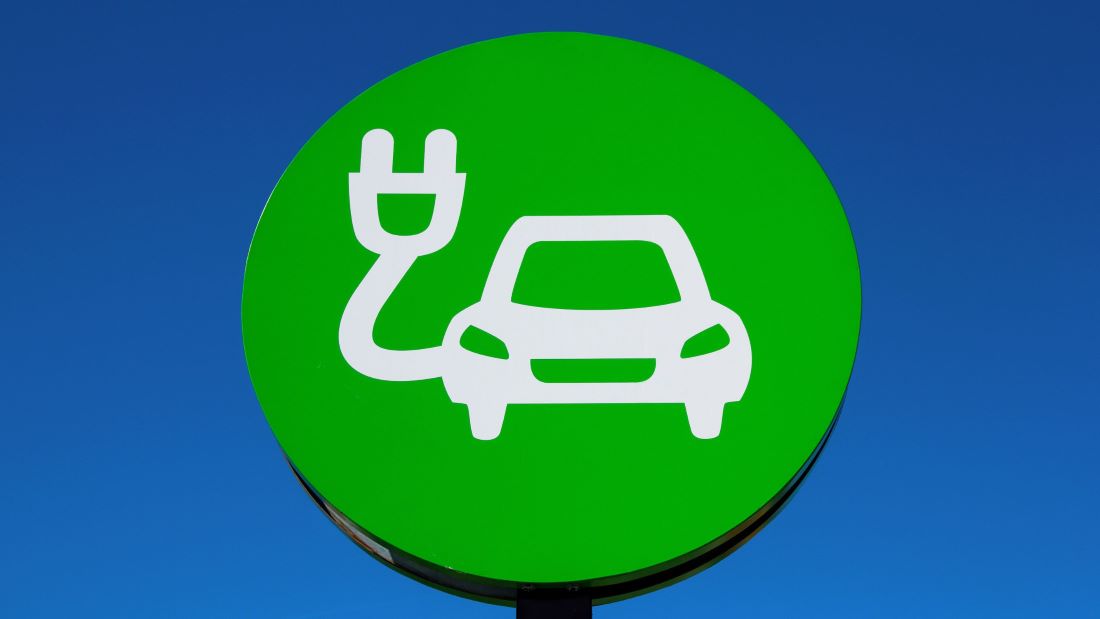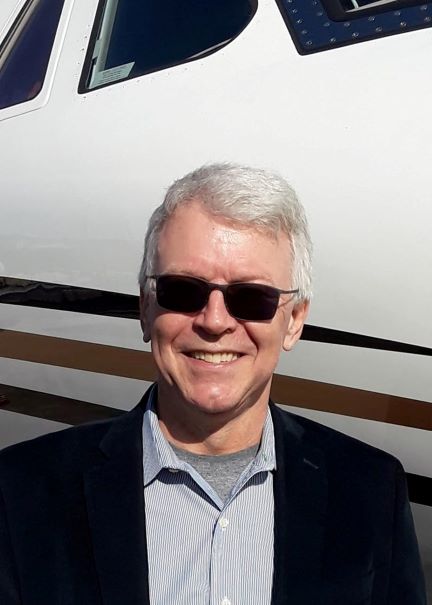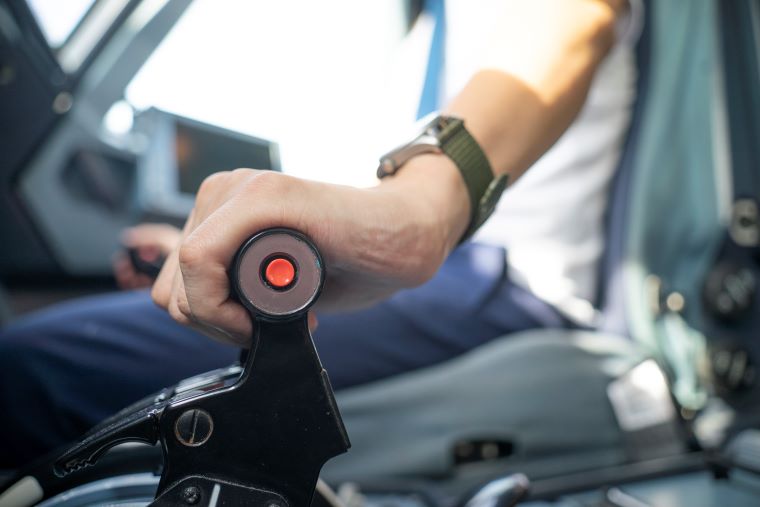Electric flying and the batteries to support it

I recently bought a Tesla electric vehicle. While I do care about the environment, my main motivation was to save in fuel costs and maintenance needs. Gas prices continue to rise, and my 14-year-old Mercedes was encouraging local mechanics to plan their RV purchases around my car’s numerous visits for repairs.
While attaching my new car to the free charging station at CAE DFW West, a client came up to me and started talking about cars. He said he liked the idea of operating an electric vehicle (EV), but said he needed a good argument against buying one right now. I said, “range anxiety.” All EV owners know about range anxiety: the concern whether you have enough stored energy to get to your destination and maybe even back if you can’t get on the limited number of chargers at work, or, at a minimum, to the nearest paid-for Tesla supercharging station.
It struck me that it is like fuel planning for an aircraft. In the United States, the FAA requires all VFR aircraft to carry at least an extra 30 minutes of fuel for their planned destination (45 minutes at night or when IFR), plus enough to fly to a planned alternate route if weather conditions require it. Most operators use an hour reserve, on top of the alternate needs.
What about battery-operated aircraft?
Recently, there have been increasing efforts to create electric aircraft, especially given the improvements in energy storage and lightweight, reliable electric motors. These efforts generally fall into 1 of 2 types; either conventional aircraft designs with electric motors replacing fossil fueled engines and batteries replacing fuel tanks, or innovative vertical takeoff and landing (VTOL) designs for short-range air taxi operations and recreation (sometimes called urban air mobility aircraft).
Most battery-operated aircraft can be characterized as small, light, slow, and short-ranged. And of course, they take extra time to recharge compared to fossil-fueled aircraft. Therefore, electric aircraft are – right now – ideal for short-range, lightweight operations such as air taxi and package delivery. They are not yet practical for more situations due to the relatively poor energy density of current battery designs.
Energy density is the key
The two airplanes I usually fly are the Citation X and the Beechcraft Bonanza. The Citation X holds slightly over 13,000 lbs. (5,900 kg) of Jet A fuel, which, given Jet A’s energy density of 12.0 kWh/kg, means that it stores 70,800 kWh when full. Even the smaller Bonanza which only holds 80 gals (480 lbs./218 kg) of Avgas at about 12.5 kWh/kg, stores 2,725 kWh of energy when full. By comparison, my Tesla’s battery only holds 60 kWh when fully charged.
At current very-best Lithium-Ion battery energy densities of around 0.250 KWh/kg, the batteries providing the equivalent energy for a Bonanza will weigh 4,940 lbs., far more than the 3,600 lbs. maximum weight for the aircraft. Simply replacing the fuel cells with batteries, will result in an all-up weight of about 7,000lbs, more if you consider the extra space required and all the structure needed to hold them. To avoid that weight means carrying fewer batteries with less energy, limiting the range.
Even though a Tesla electric motor delivers about the same power as the Bonanza’s IO-520 Avgas-powered engine, we cannot simply install the electric motor and replace the fuel cells with batteries, we must accept more limited flight profiles.
The reality of today’s electric aircraft
There are obvious advantages of electric aircraft, including the lower cost of electrical energy and reduced noise and exhaust emissions. However, today’s batteries simply don’t store enough energy for a specific weight to support the kinds of missions we often fly. Currently electric aircraft are only equipped with enough energy storage to support flight of about one to 1.5 hour at slow speeds. With standard FAA-required day VFR fuel reserves, that means a maximum flight time of 30 to 60 minutes, or 15 to 45 minutes at night or in poor weather, which require 45 minutes reserve.
That’s what I call range anxiety.
welcome aboard the new airside
We took our community to the next level with an elevated look, innovative features, and new tools.



